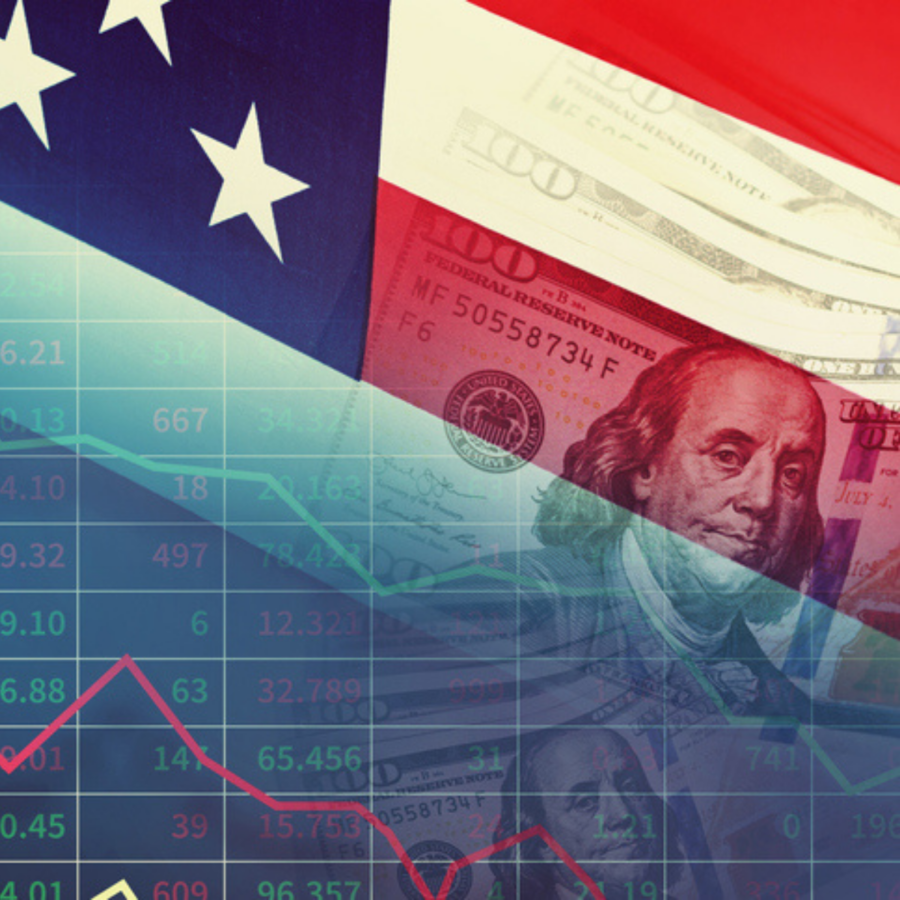US Inflation: is it “Back to the Future”?
Box A from the Global Economic Outlook
Sign in to Access Pub. Date
Pub. Date
08 February, 2022
 Pub. Type
Pub. Type

Summary
- The US Federal Reserve persistently and sharply underforecast inflation last year. This might just be a temporary run of bad luck, but if it is not then the world’s largest economy could be headed for a sustained period of high inflation that could roil markets, disrupt the economy, and require a recession to stop it.
- Many commentators see parallels between the current surge in US inflation – the CPI rose by 7.0 per cent in the year to December 2021 , the sharpest increase since June 1982 – and the bad old days of high and variable inflation in the 1970s and the early 1980s. Why has the US experienced such sharp price increases, will they turn out to be “transitory” as Federal Reserve Chairman Powell previously constantly tried to assert, or are such sharp increases a signal of a regime change that is taking us back to the bad old days? This box takes the view that while there are good reasons for the Fed to believe inflation will decline, there are also worrying signals in the inflation data pointing strongly towards inflation staying stronger for longer than the Fed predicts. With massive fiscal expansion and too slack monetary policy, the US macro-scene in the last two years resembled the late 1960s. That being so, the US is now one adverse inflationary shock away from lurching sharply through a time warp into the inflationary decades of the 1970s and 1980s. However, too sharp a rate hike cycle from the Fed could send the economy into a tailspin, since consumer confidence is at recessionary levels due to squeezed real incomes, and previously hugely expansionary fiscal policy is normalizing.
- The rest of this box is in three parts. The first considers the acceleration in inflation we have seen since the start of 2021, and looks at what may be transitory, and what may not be. The second section examines the similarities between the policy environment in the late 1960s and that now. The third concluding section considers under what circumstances we might go “back to the future.”






















